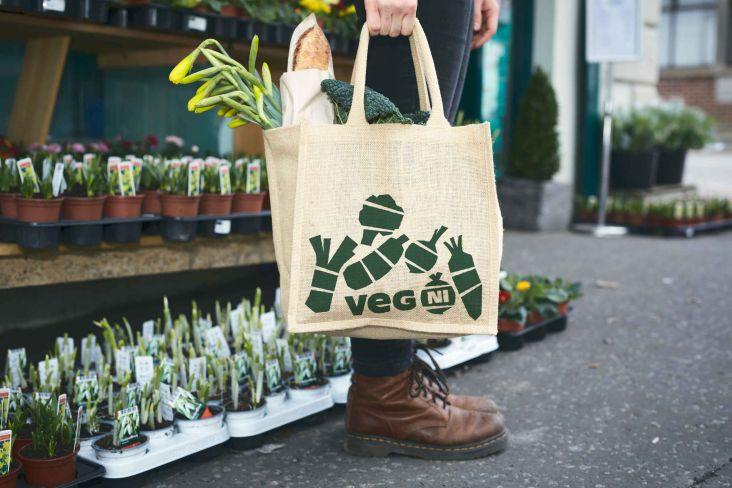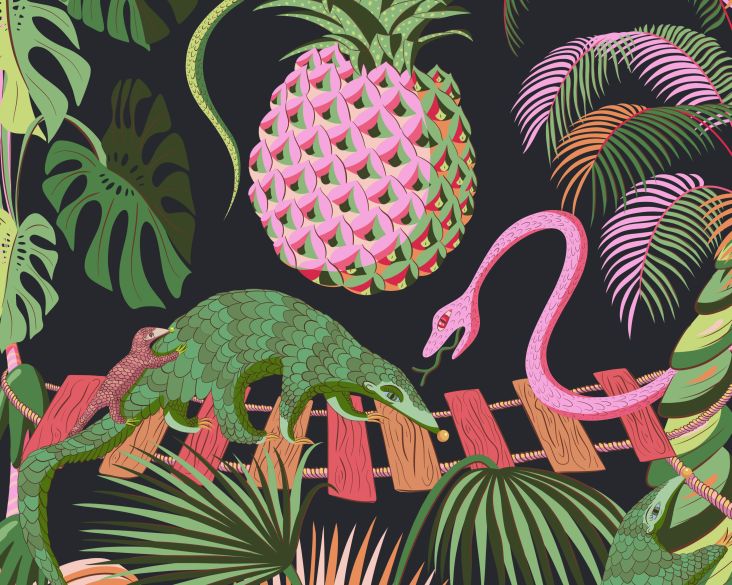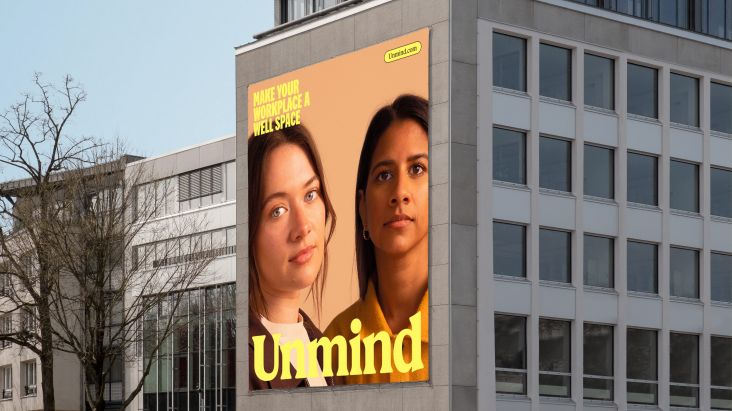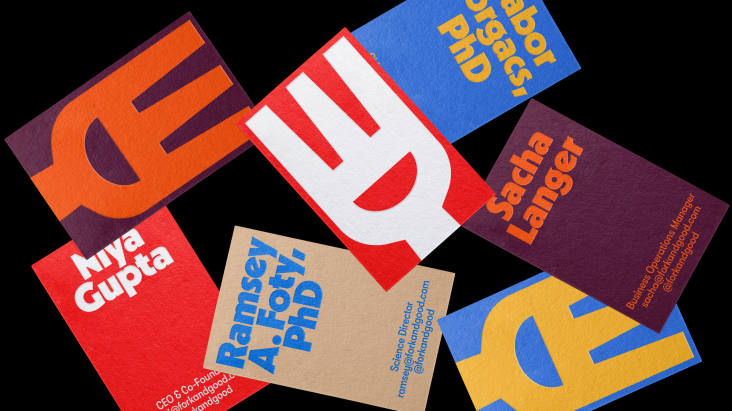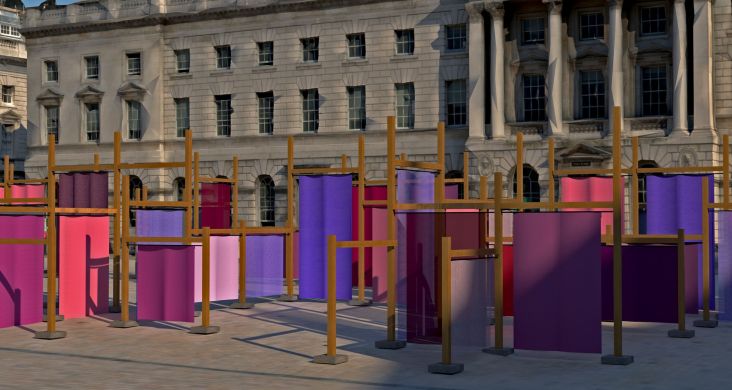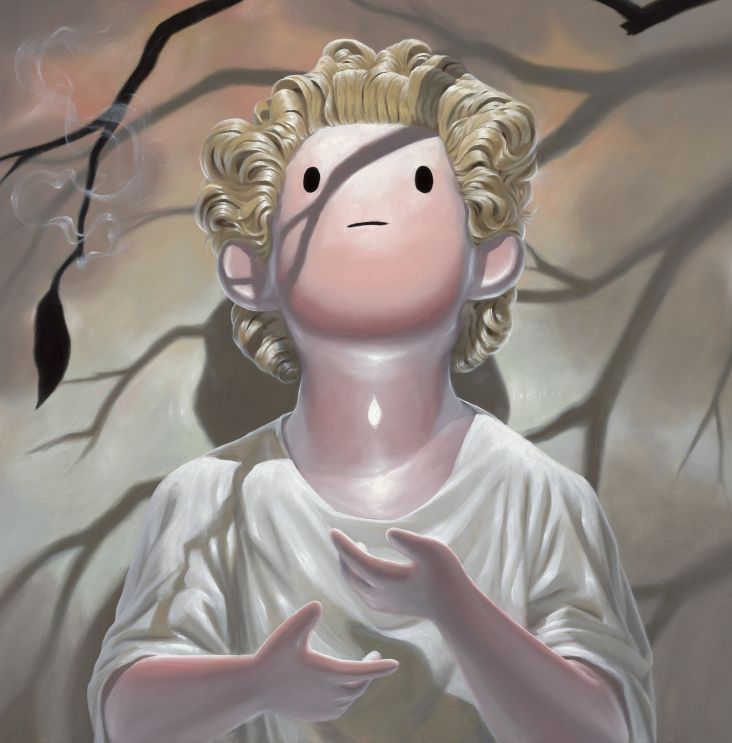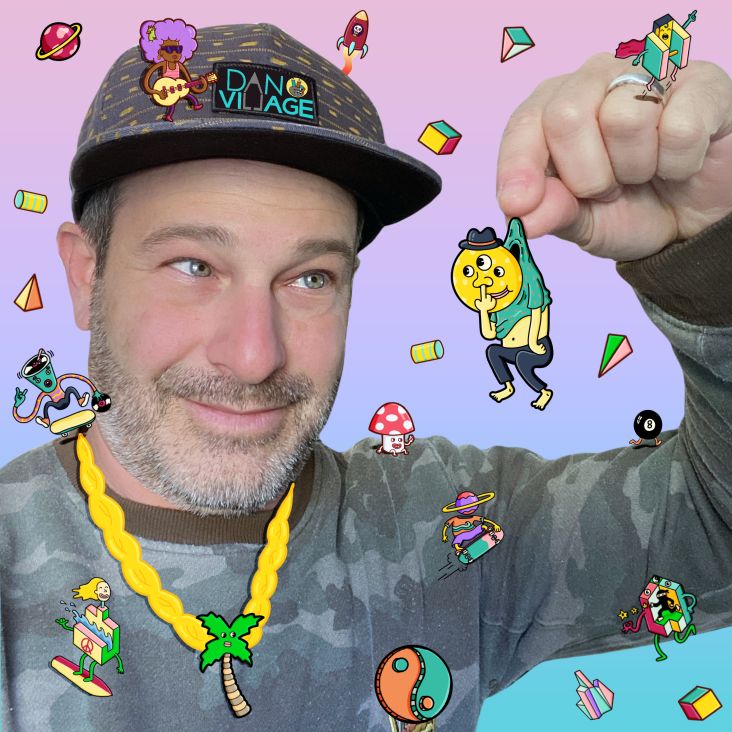Artist Sarah Graham on raising awareness for bipolar disorder and how art saved her life
With colourful, kitsch and photorealism paintings of nostalgic sweets, toys and iconic branding from her youth resulting in a hugely successful career, it's hard to believe Sarah Graham is a survivor of bipolar disorder, two suicide attempts and severe mental health difficulties. She considers art to have saved her life and is launching her biggest solo show next month to help others.
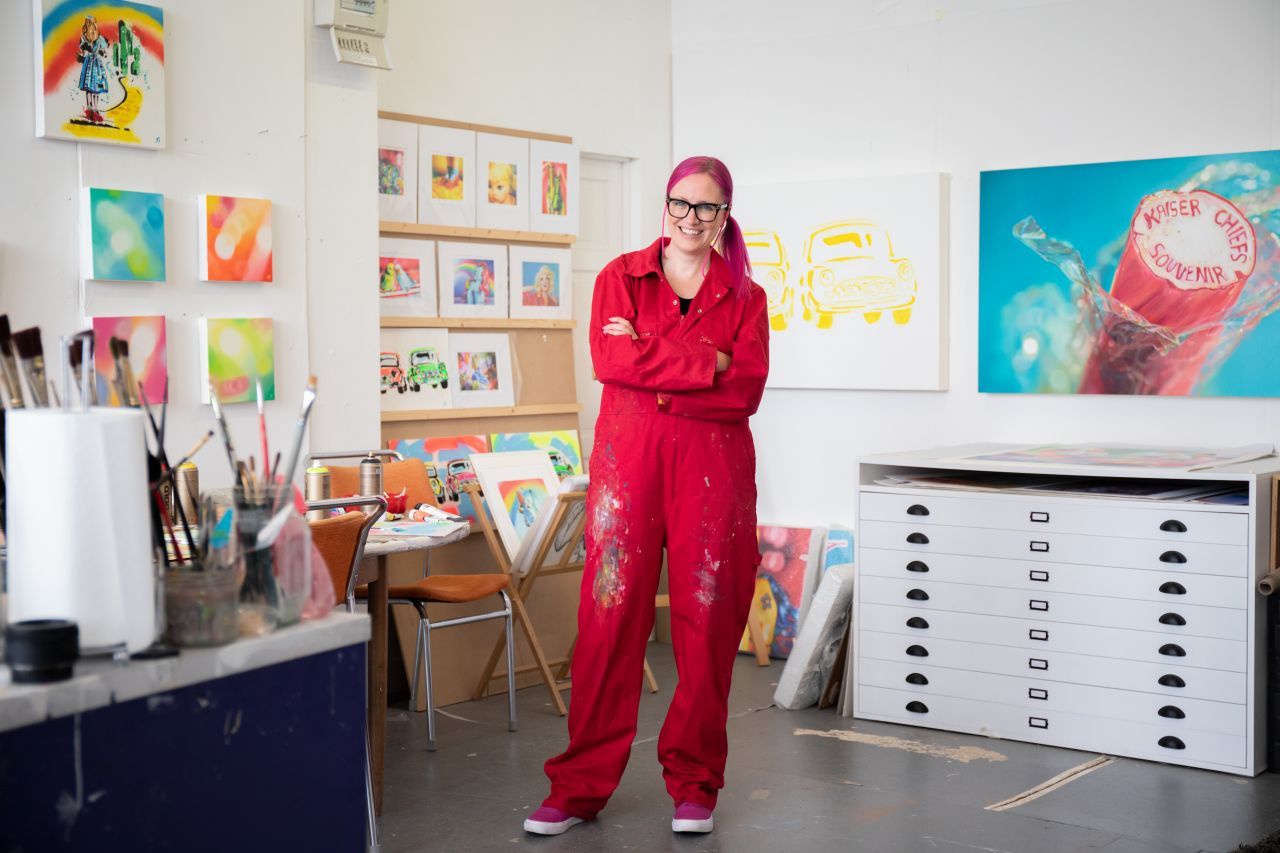
Sarah Graham in her studio
Sarah Graham has become a renowned British artist for her fun and joyful kitsch paintings, paying homage to familiar toys, sweets and brands from the 1980s and 1990s. Now in recovery from 18 years of mental health difficulties and a diagnosis of bipolar disorder eight years ago, Sarah strongly believes that if it weren't for art, she wouldn't be here today.
She is passionate about raising awareness and understanding of the condition, and works with charities, facilities and educational institutions to bring hope and inspire others going through the same. Harrods, Standard Chartered, and Chupa Chups are among the household names who love her paintings. She also has celebrity fans, including Roger Federer and Keith Lemon, and once created a piece of artwork for the cover of an album by the Kaiser Chiefs.
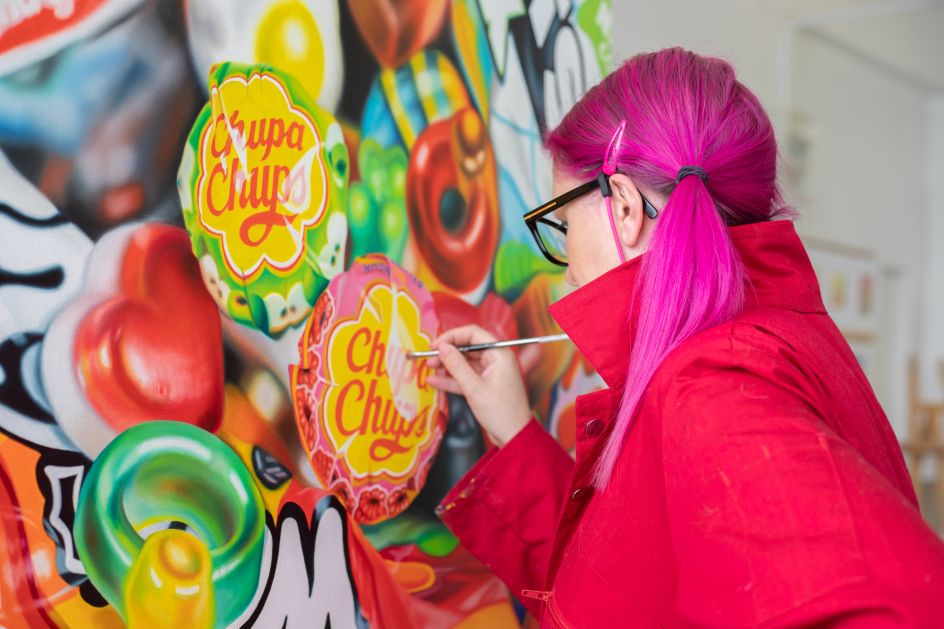
Sarah Graham working on her Sweet All Stars painting
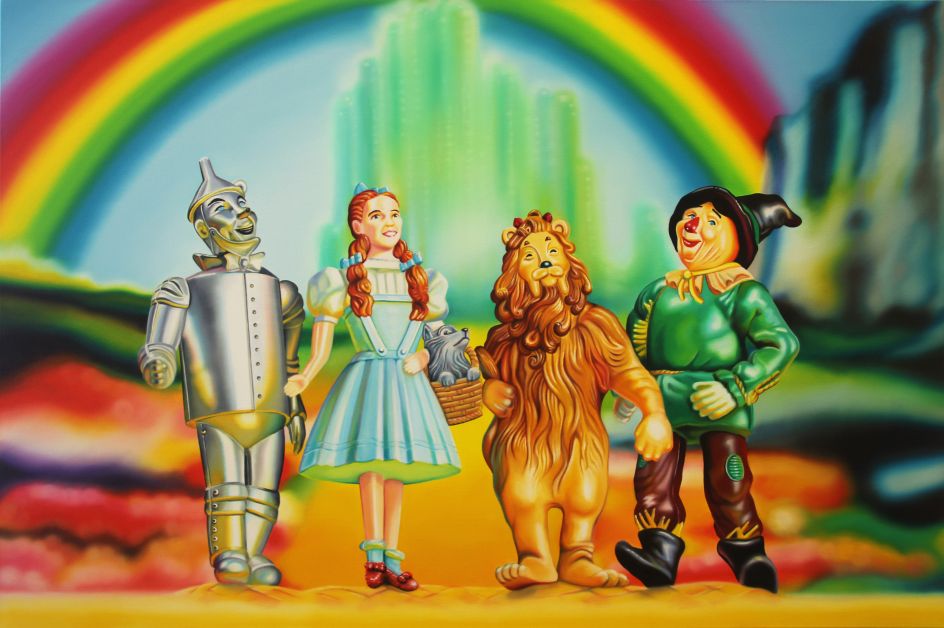
Dorothy & Friends, 2021 © Sarah Graham
Looking through her bold and vivid coloured paintings, it's clear that Sarah loves anything kitsch and nostalgic. Her work explores still life, and she chooses subjects that evoke happy childhood memories for herself and the viewer, such as Chupa Chups lollipops, Haribo sweets, French Fancies (I'll take the yellow one, please) and sprinkled doughnuts. You can also expect iconic branding, retro packaging and childhood toys – all in a photorealism style. The influences could be related to her Saturday job as a teenager when she was in charge of the famous Pick n Mix at her local Woolworths, sadly no longer.
As for the photorealism aspect of her work, this can be traced back to Sarah's fascination with her father's love of photography. Working from a photography room in her studio, Sarah snaps her subjects and then works from the resulting images. Starting with acrylics, she roughly produces the painting before committing to oils, where she can create clever contrasts between focus and blur. The blurred areas become more abstract, and she sets out to enhance what she depicts rather than replicate them too precisely. It can take up to a month to complete each piece.
Her experience with bipolar disorder has helped inspire and shape her work. Growing up, Sarah's father suffered from the same condition. He had his own battles with psychosis, mania and depression. Despite this, Sarah says he was a wonderful father and admired his strength. She admits that art has always got her through difficult times.
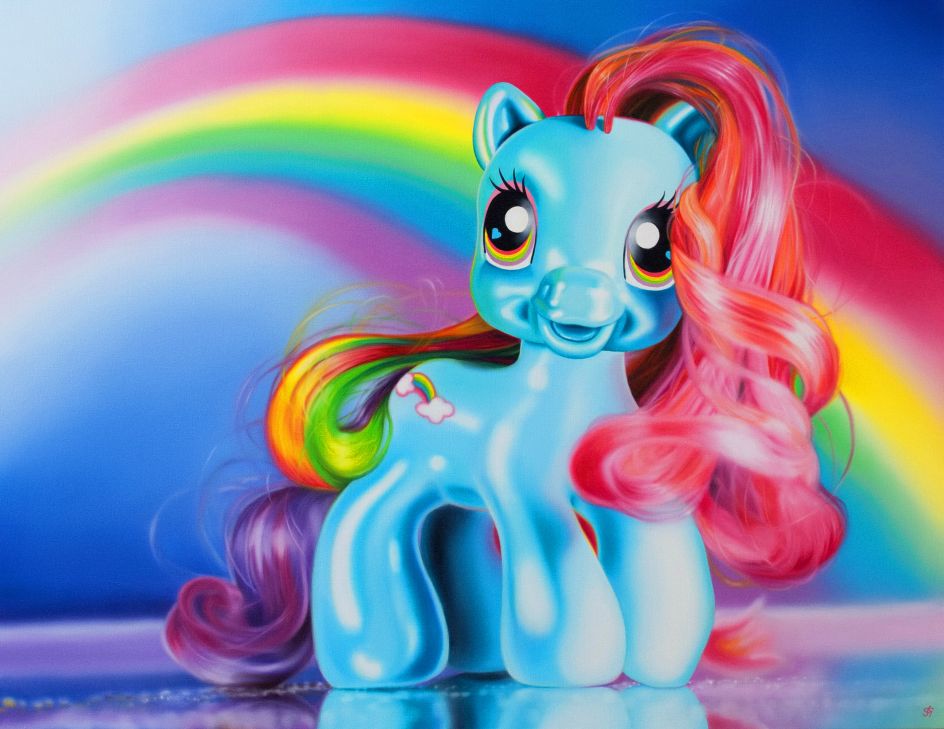
Rainbow Pony, 2020 © Sarah Graham
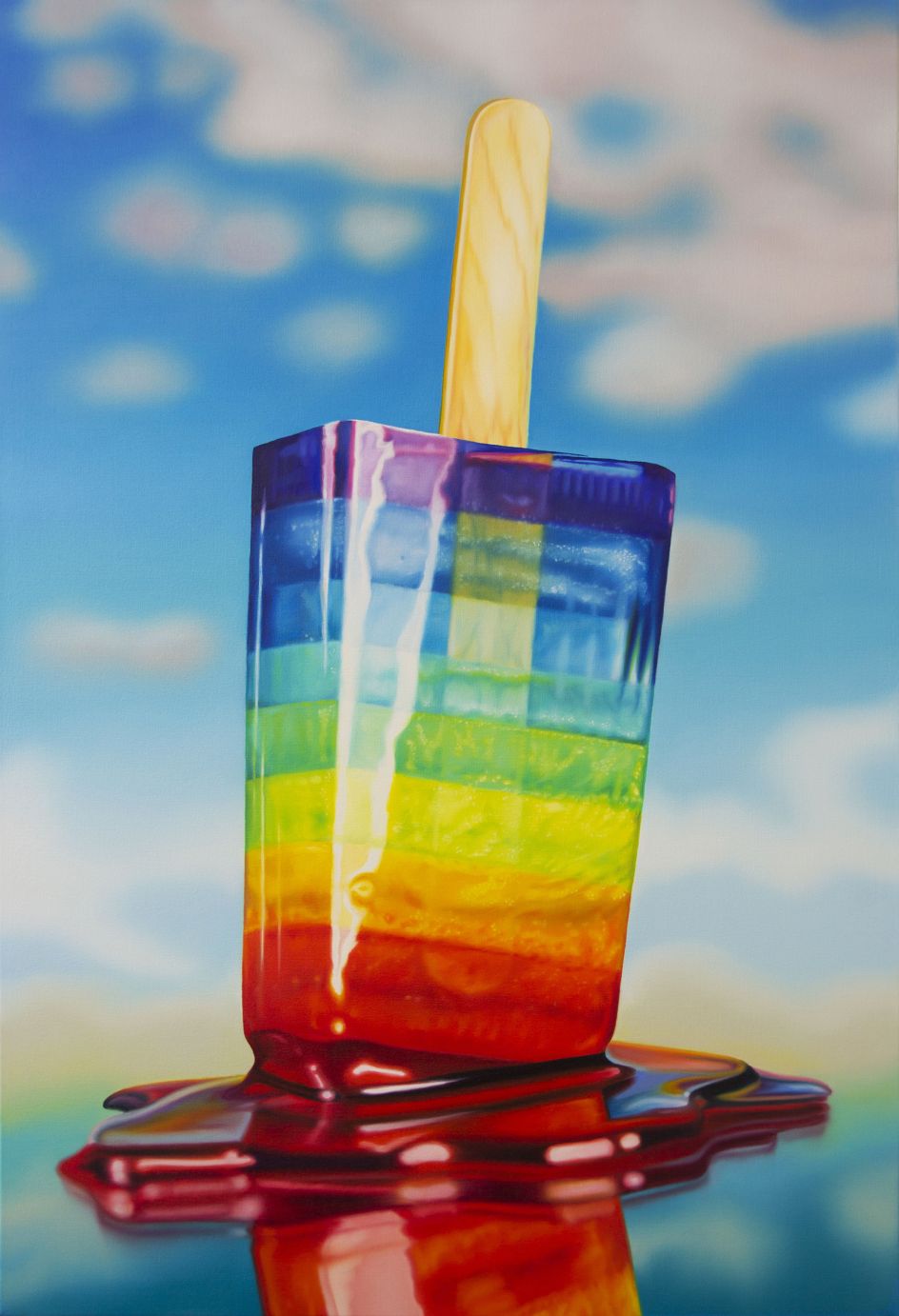
Rainbow Popsicle, 2021 © Sarah Graham
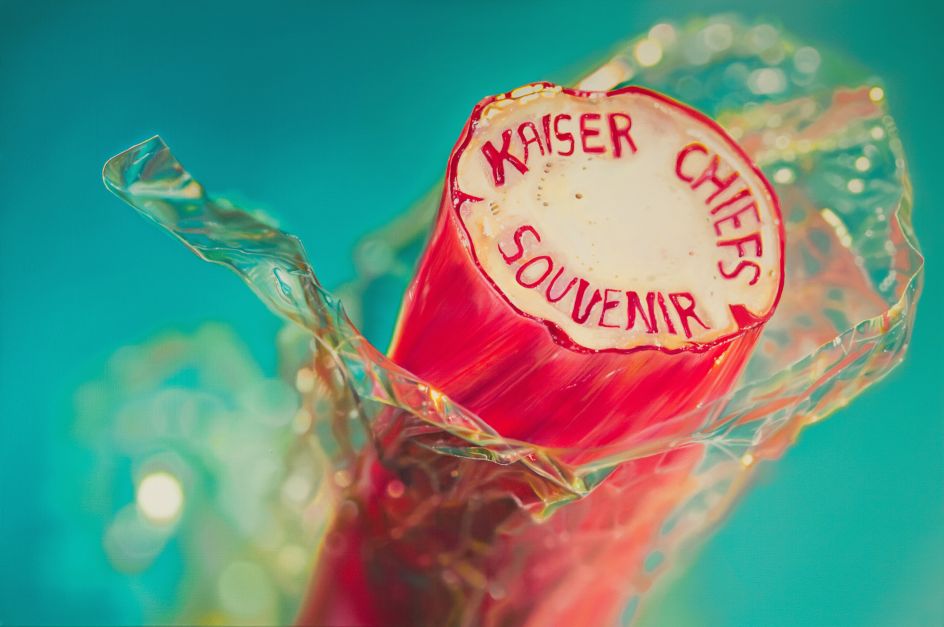
Kaisers Rock © Sarah Graham
Sarah first became ill with a mixed episode of depression and psychosis in 2005, a year after losing her father. She attempted suicide by overdose twice between 2005 and 2015 until she was sectioned in 2017 and then reclassified as Type 1 bipolar. During her mania, Sarah started to experience many worrying symptoms of the condition. Losing touch with reality, she spent a lot of money believing she was psychic and working as an MI5 spy solving terror plots and calling the police frequently. When she was sectioned, she believed she was going into an academy for people with superpowers.
After being discharged from hospital but still under the care of the mental health team, Sarah went into a deep depression and barely painted anything for two years. But eventually, with the support of clients and the creative community, Sarah slowly picked up her brush and began painting again. She cites very honestly that "art saved her life" and helped her on her path to recovery.
It's been four years since her last episode and now in remission, Sarah is passionate about speaking of her experiences, hoping to provide a better understanding of the illness and offer hope to those who might be struggling. Believing art is therapy, Sarah speaks at many events and provides art workshops with Elysium Healthcare-Potters Bar Clinic school, a care and treatment programme facilitated in a hospital for young people with social, emotional, and mental health issues. She is also a patron of the creative mental health charity, Poets In.
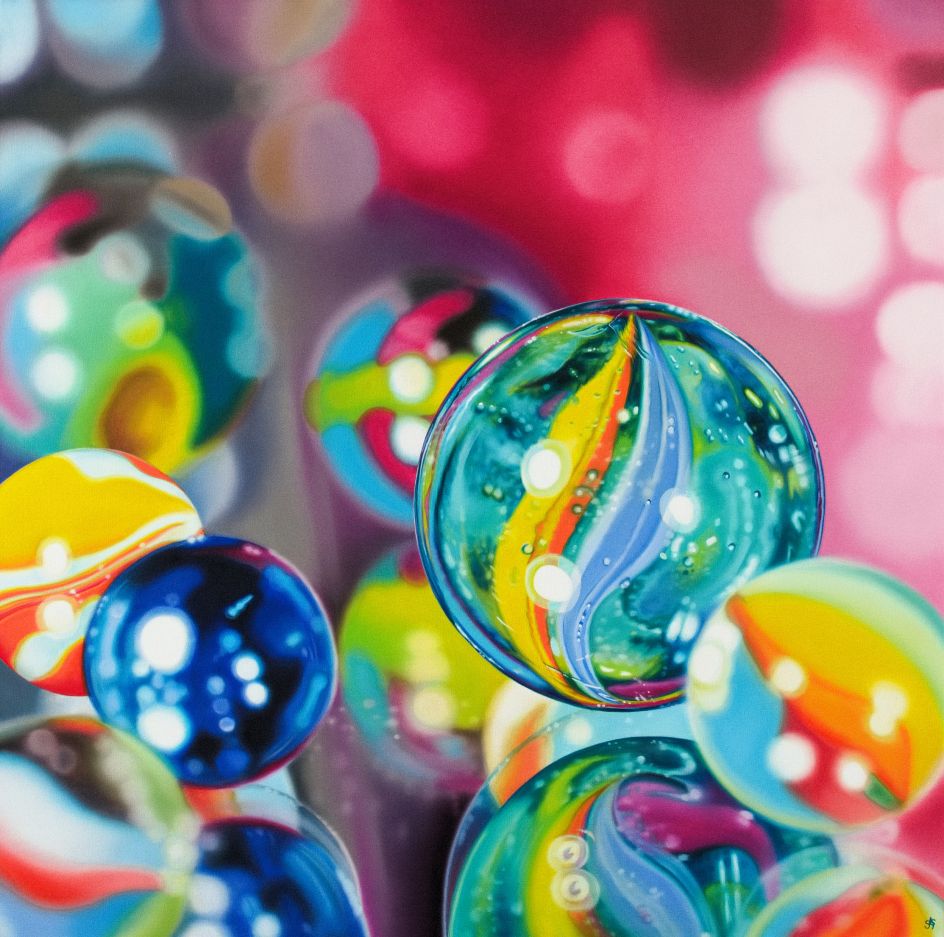
Marble Dream, 2020 © Sarah Graham
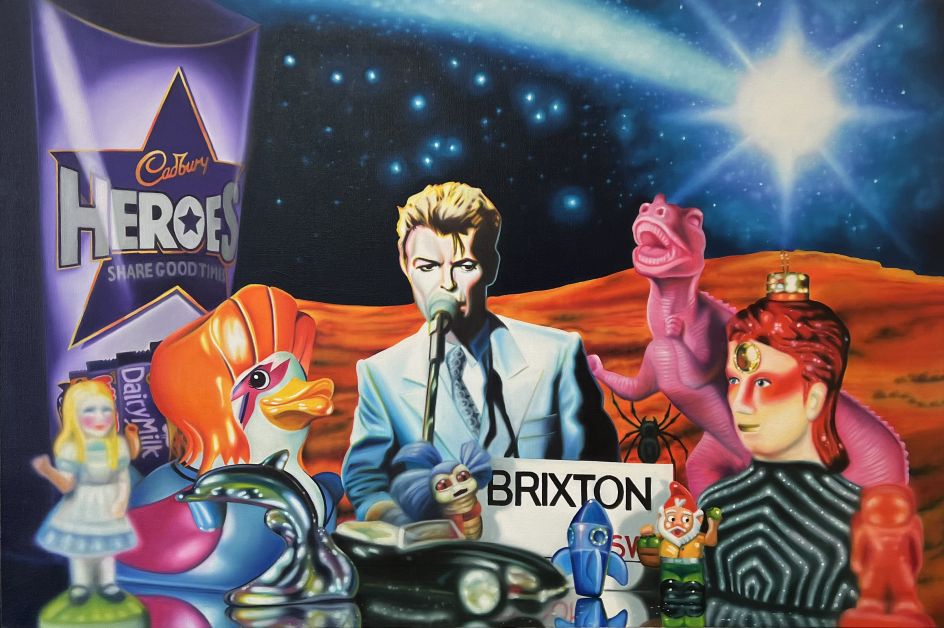
Starman, 2023 © Sarah Graham
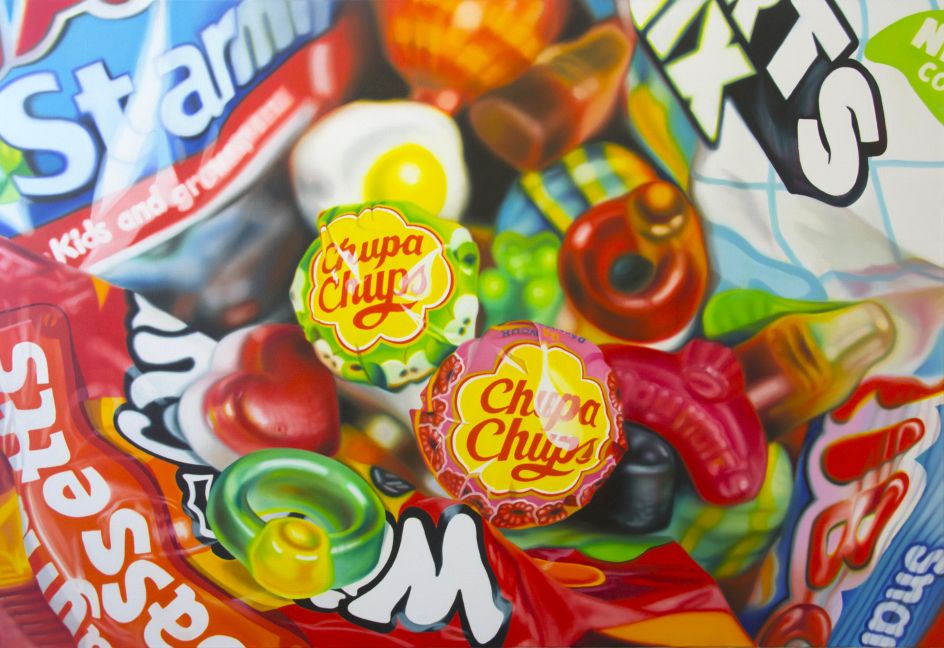
Sweet All Stars, 2022 © Sarah Graham
In June, she has her biggest solo exhibition to date. Titled Homecoming, it will take place in her hometown, featuring over 25 paintings on canvas, alongside limited edition prints. Amongst the works on show is Starman, part of her Wilderness of Kitsch series, which pays homage to David Bowie who played an important role in Sarah's recovery.
During her mania, she listened to Bowie's music whilst walking and believed she had met him on an asteroid travelling through space. She felt connected to him and his songs, as though there was a protective force field around her. Look closely at this painting, and you'll see related items to Bowie, including a minature Heroes box pointing to one of Bowie's most famous melodies.
If you want to pop along to Sarah Graham's upcoming show, you can visit Arkley Fine Art gallery in Hitchin from June. To discover more about her work, visit sarahgraham.info.




 by Tüpokompanii](https://www.creativeboom.com/upload/articles/58/58684538770fb5b428dc1882f7a732f153500153_732.jpg)


 using <a href="https://www.ohnotype.co/fonts/obviously" target="_blank">Obviously</a> by Oh No Type Co., Art Director, Brand & Creative—Spotify](https://www.creativeboom.com/upload/articles/6e/6ed31eddc26fa563f213fc76d6993dab9231ffe4_732.jpg)








